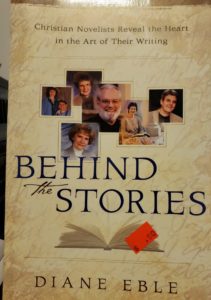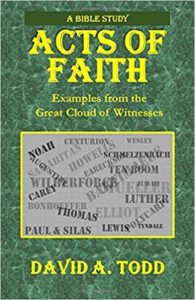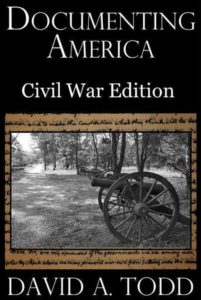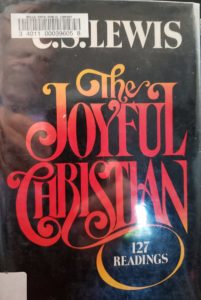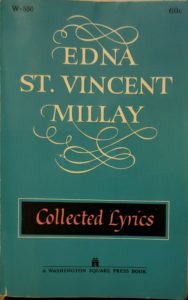
Almost all I know about poetry I learned by myself. A series of secondary school English teachers covered poetry every year, and I’m afraid I was a poor student of it. About all I learned was the names of the major poets, and a little of what era they were in.
One of those names was Edna St. Vincent Millay. I knew of her, but nothing about her. That changed after I began studying poetry about twenty years ago. I read somewhere (probably Wikipedia) a short bio about her, and read a few of her poems in different anthologies. Then I picked up a biography of her and read it, telling me something about the woman. Finally, in my library, on my poetry shelf in the storeroom, I found Collected Lyrics of Edna St. Vincent Millay. This little mass-market paperback belonged to my sister, for she signed it and put her homeroom down. it was published posthumously in 1959. This particular printing was from 1966.
Lots about poetry confuses me. What do they mean by “Lyrics”? They mean lyrical poems, I realize, but how do lyrical poems differ from other poems? I tried to figure that out some years ago and failed to grasp the difference. I do note, however, that this book contains none of Millay’s sonnets. So I reckon sonnets are not lyrical poems. I’m starting to think that lyrical poems are poems that don’t fit into a prescribed form—although I’m sure that’s not right.
No matter. The poems collected in this book run the full length of Millay’s poetic career, from Renascence in 1919 to Huntsman, What Quarry? in 1939 and scattered poems after that up to her death in 1950. She was quite a gal. I won’t go into her background. Let’s just say it’s well worth reading a biography about her.
As to the poems, I have a mixed reaction. I would for sure say she is not among my favorite poets. I had difficulty finding meaning in many of hers. Because of her background, one first attempts to read her poems as autobiographical. Maybe they are, maybe they aren’t. I prefer to assume any poet’s poems are not autobiographical. But so many of hers I just can’t figure out. To keep from glazing over as I read her poems, I read the book slowly, a few pages at a time, over almost a year. Maybe it was more than a year. In hindsight that may not have been the right decision.
I tried to read the poems carefully, not glossing over them. Many I read twice, having come to the end of one and thinking “What did I just read?” Alas, most of the time the second read made little difference. I still had little understanding of the poem.
So my two questions I try to answer in these reviews: Should you read this, and is the book a keeper? Reading poetry is a good thing; Millay is a major poet from the not too distant past; so yes, you should read her. Whether her lyrics taking in isolation from the rest of her work is another question. I think maybe a different of her books is in order.
As to keeping this, that’s a harder question. Or is it? So far, I’ve not sold any of my poetry books. But I have another book of Millay’s poems, one that is more complete than this one. I don’t know that I need two. So, off it goes. I’d return it to my sister but I’m sure she won’t want it. Nope, into the sale/giveaway pile it goes. Goodbye, Edna. See you in another book.
